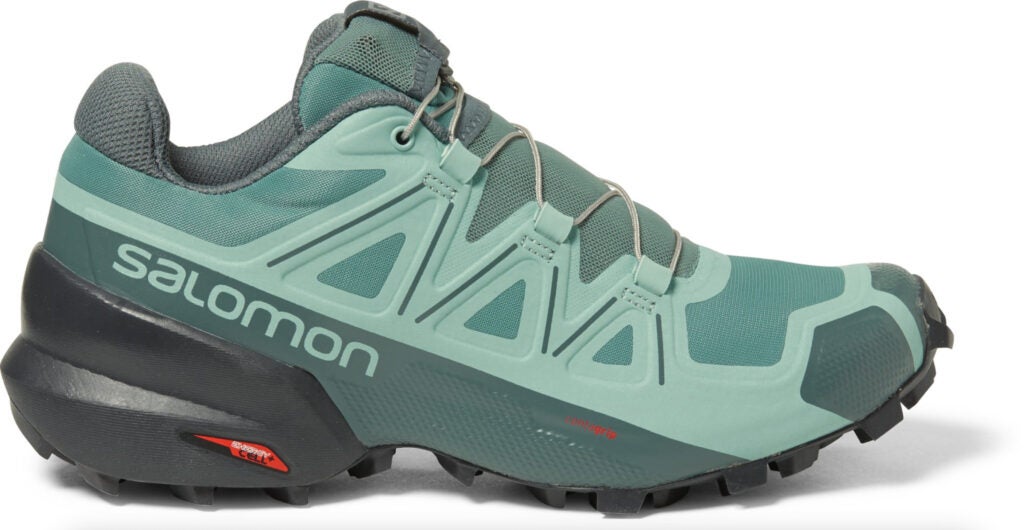Products You May Like
Heading out the door? Read this article on the new Outside+ app available now on iOS devices for members!
Download the app.
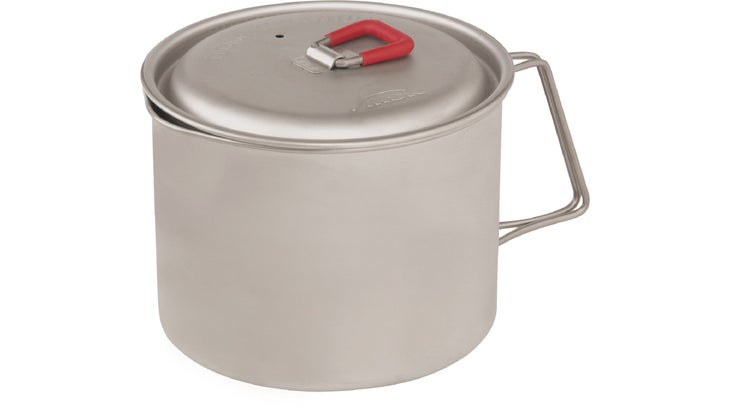
It may be spring, but the mountains of Colorado are still in winter mode: Over two days of Nordic and downhill skiing last weekend, I had to hunker down against temperatures as low as -5F. It’s nice to defrost after (or during) a day like that, and there’s no better way to do it than with a pot of hot tea or soup. To that end, I’ve been slipping my Titan into the bottom of my ski pack. The .85-liter pot weighs just 4.2 ounces and is big enough to fit a standard-size fuel canister inside. The tight-fitting lid makes pouring water out of the spout without splashing easy, and the wide bottom balances easily on my no-name canister stove. Sure, it’s an investment, but it’s one you’ll be able to enjoy for a long time: After more than a decade of regular use, mine is still going strong. —Adam Roy, Executive Editor
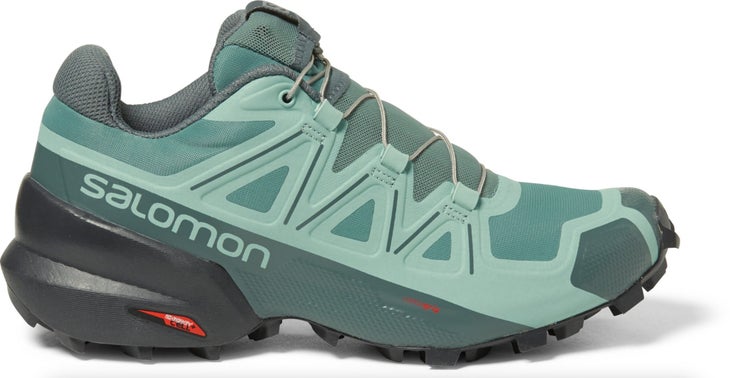
Several months ago, I was curious about converting from a hiking boot to a trail runner, so I went to REI and tried on a couple pairs. Nothing felt like a winner until I slid on a pair of Salomon Speedcross 5. They immediately molded to my feet, and after putting in about 200 miles on them, they still feel the same. This month, I put these shoes through the wringer. I wore them hiking through swampy mud in South Carolina, trail running around a local lava dome, and as approach shoes between boulders on 10-hour climbing days in Joshua Tree National Park. The lug sole stands out among any other shoe I’ve worn on the trail—it offers plenty of traction through all types of terrain, whether I’m hiking on loose sand or scrambling up and down granite while wearing a crash pad. In every activity, the Speedcross’s welded heels and secure midsoles comfortably hug my feet; they even did on the occasion when I didn’t tighten the quicklace system enough. I’ll be wearing this model for many more miles and seasons ahead. — Emma Veidt, Assistant Editor
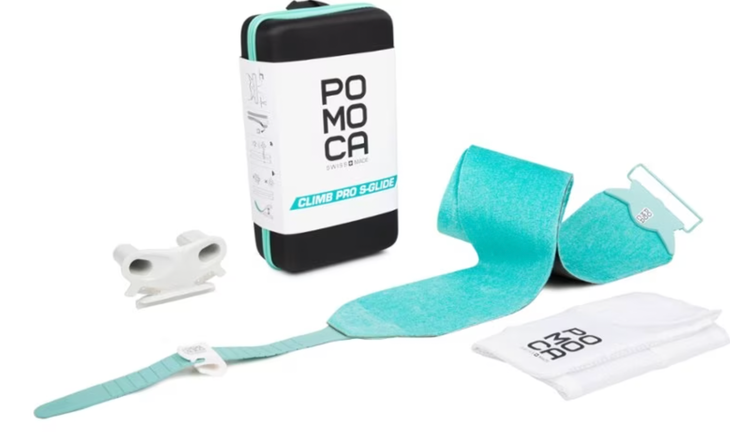
I’ve been a user of Pomoca climbing skins since I started backcountry skiing, but lately, my old Climb 2.0s weren’t cutting it: While I loved how light and compact they were for stashing in a pack, I often found myself slipping on slopes that my partners could easily ascend. For me, there are few things scarier than feeling like I’ll tumble backward down the mountain while trying to make a steep kick turn. So midway through the season I decided to upgrade. Pomoca’s Pro S-Glide skins claim to have 8 more grams of grip per square centimeter than my old pair. I wasn’t sure how this would translate on the skintrack, but that extra grip made all the difference. Last weekend, we encountered firm, icy conditions after some spring warming and refreezing. I was able to easily climb a slope that had given me trouble earlier this season. The slight extra bulk and negligible compromise in glide is worth it for the confidence and energy savings that these skins give me on the ascents. Come ice and slush, I’m ready for whatever spring skiing conditions throw at me. —Zoe Gates, Senior Editor
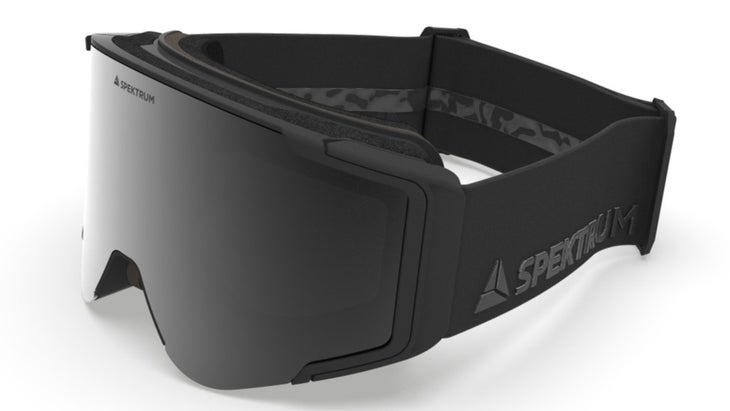
This winter, I had my first opportunity to try out Swedish eyewear brand, Spektrum. While the premium goggle market in the United States is dominated by well-established names like Giro, Smith, and Julbo, Spektrum is well-worth putting on your radar. The brand’s Östra Black Line goggles look as good and perform as well as many of our premium stateside competitors, with two polycarbonate Zeiss lenses (12-percent and 58-percent light transmission) that easily swap with a magnetized system, a sleek, mostly-frameless aesthetic, and a cush, tri-density face foam. Between the anti-fogging inner lenses and impressive breathability, I experienced zero mugginess, even while carving on a particularly steamy spring afternoon in Vermont. What sets Spektrum apart, however, is its dedication to bio-based production: the Östra’s plastic components are entirely derived from castor oil, making it less damaging to the environment from a fossil-fuel perspective. —Ben Tepler, Gear Editor
